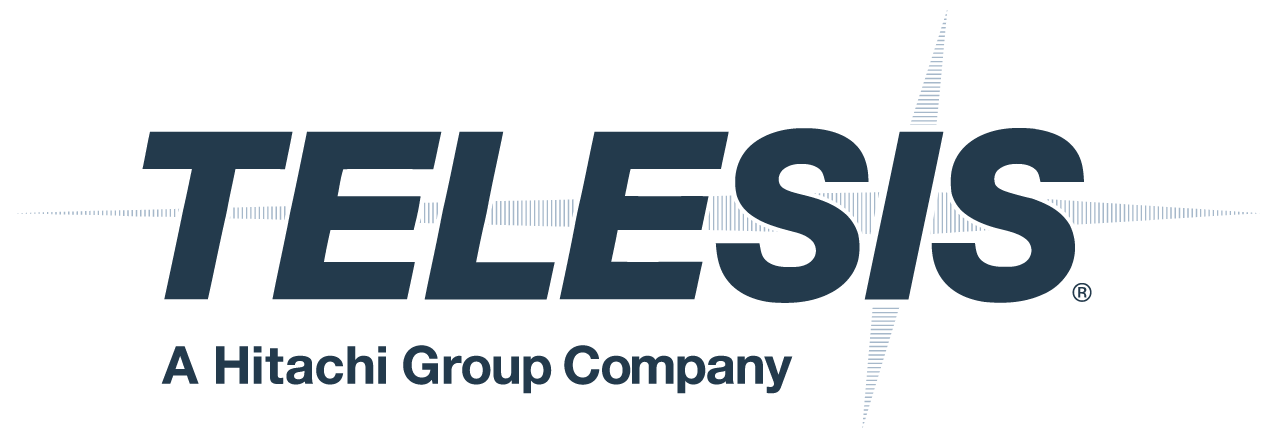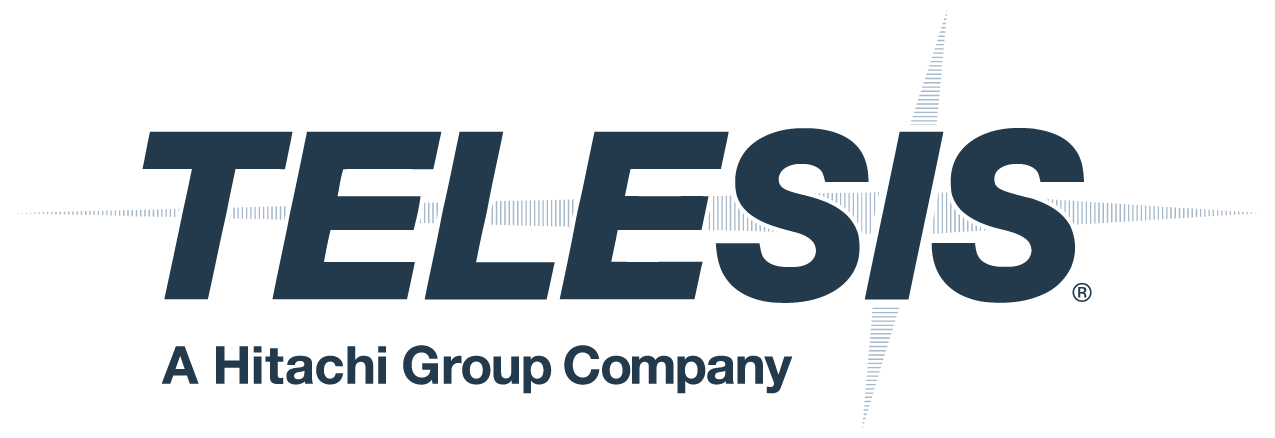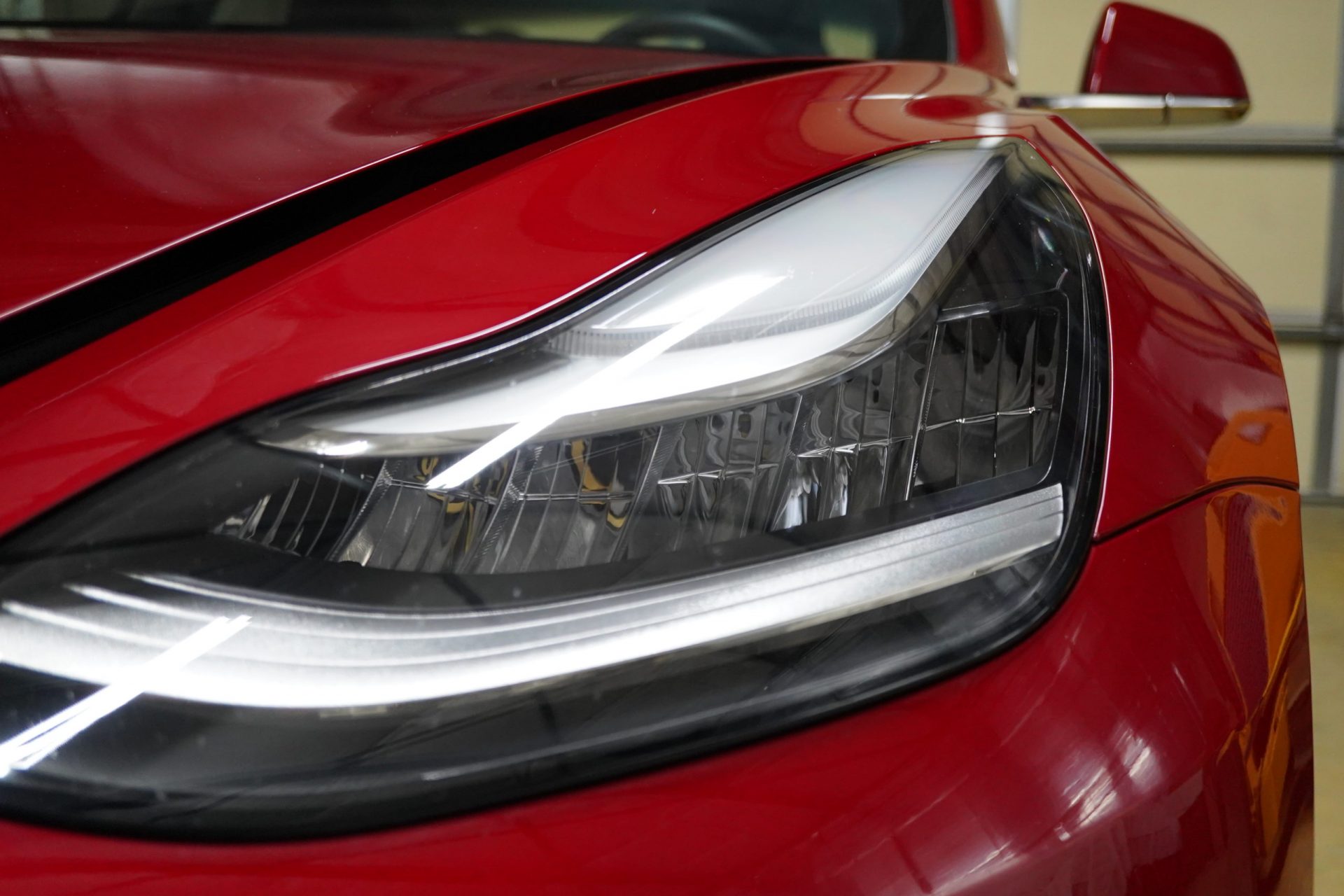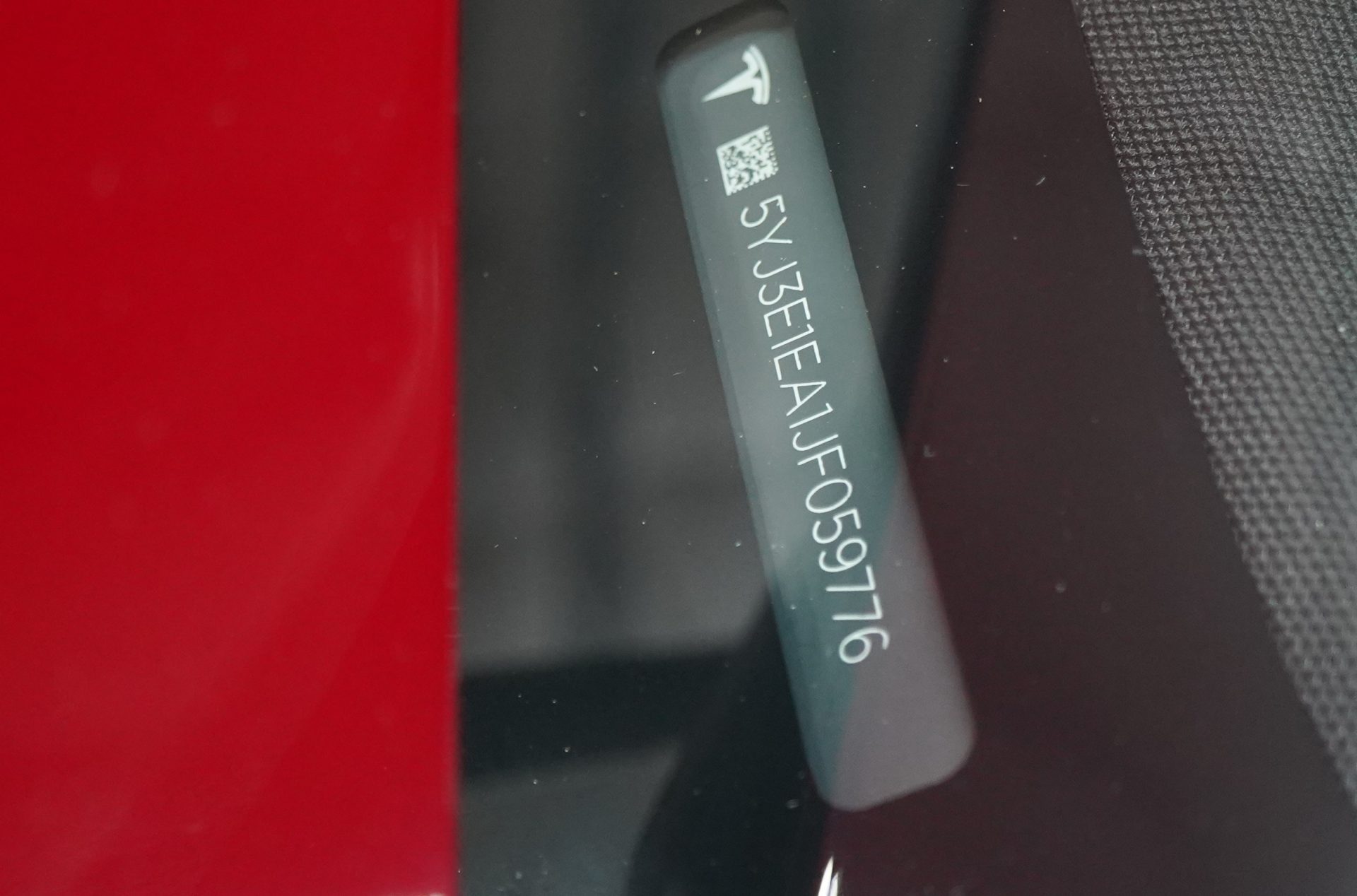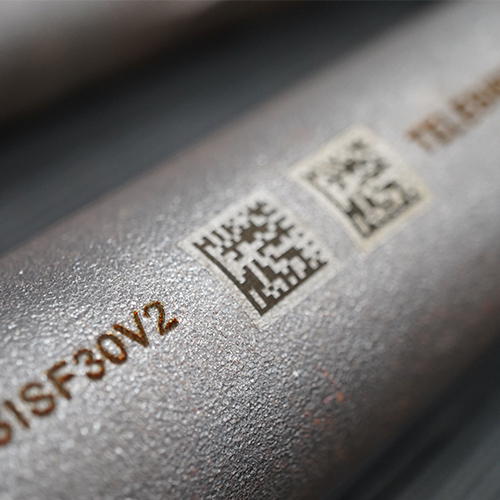Laser engraving metal entails directing a beam of light through a lens and onto a metal surface. The process creates a permanent mark on the workpiece by removing or altering the affected material, providing a reliable way to trace products. You can laser engrave metal to create unique identifiers like logos, serial numbers, text and data matrix codes.
Selecting the right laser engraver for metal items is crucial to ensure the quality and longevity of the markings.
Benefits of Laser Engraving Metal Surfaces
Laser engraving has several advantages that can help you work faster and achieve superior outcomes on metallic workpieces. Some advantages include:
- Long-lasting results: Create permanent, high-precision markings that remain clear over time.
- Increased speed: Laser marking is a high-speed process that works well as part of a production line.
- Cost-effectiveness: Laser engraving metal eliminates the need for consumables, making it more affordable, energy-efficient and sustainable.
- Versatility: You can mark metals like stainless steel, aluminum and titanium, making this process ideal for shops that take on many types of jobs.
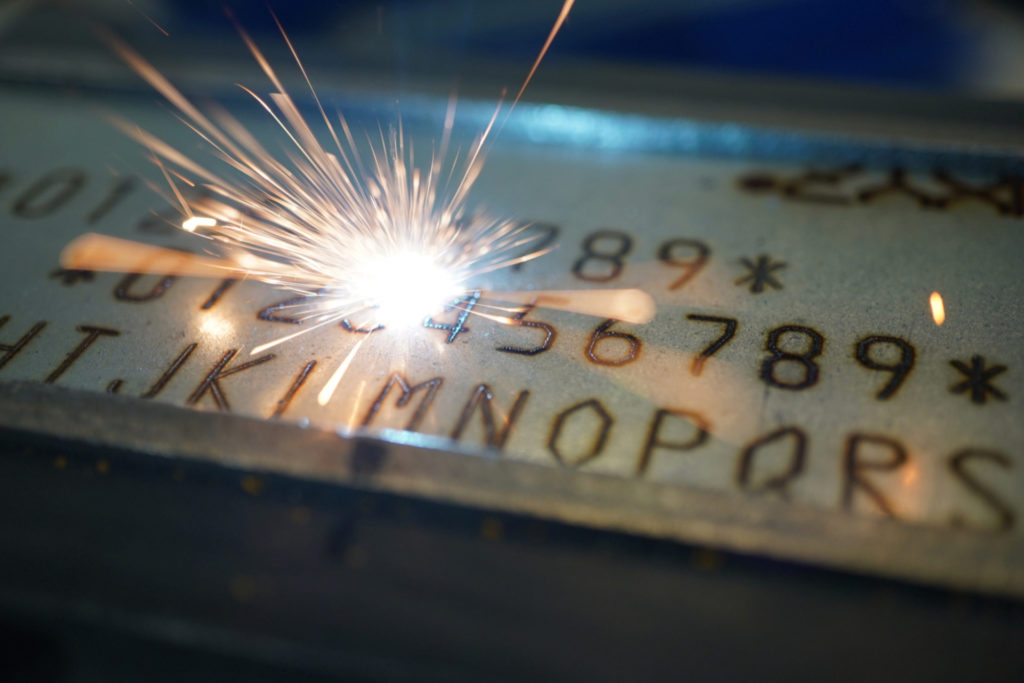
Types of Laser Engravers for Metal
We offer a comprehensive list of laser engravers for metal, including:
- CO2 laser markers: CO2 lasers are ideal for coated metals like powder-coated and anodized aluminum.
- Green laser markers: These laser markers work well for projects requiring high beam stability and ultrafine markings, making them an excellent choice for delicate substrates.
- Fiber laser markers: Fiber laser markers need little maintenance and no consumables. They’re ideal for high-precision markings on bare metal.
- Vanadate laser markers: With exceptional beam laser quality and superior peak power, Vanadate lasers can mark heat-sensitive metals with quality results.
- UV laser markers: These lasers produce precise, high-resolution micro-markings, which are ideal for uncoated metals.
- Dual-head laser markers: Featuring two lasers operated by one controller, dual-head lasers streamline rapid metal processing.
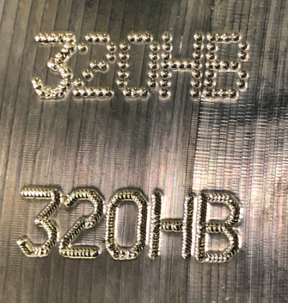
How Metal Laser Marking Serves Different Applications
Laser engraving metal has various applications across different sectors.
Consumer products applications include:
- Text on gadgets
- Appliances
- Logos
Operators may use lasers to engrave the following on metallic components:
- Data matrix codes
- QR codes
- Serial numbers
- Part identification information
- Barcodes
Why Choose Telesis Technologies, Inc.?
Telesis Technologies, Inc. uses cutting-edge techniques to provide rugged and practical laser marking tools that can save you time. As the pioneers of permanent engraving, we’re always striving for better. See why we’re the trusted choice for many manufacturers and other operations that rely on metal marking solutions:
- Innovation and quality: Our team is committed to using advanced technology to provide durable laser marking machines.
- Comprehensive solutions: We tailor our products to your needs, from equipment to software integration.
- Responsive customer service: When you partner with us, you can be confident in receiving expert assistance and reliable service.
- Worldwide support: With our global presence, we provide worldwide sales and support so you get the assistance you need wherever you are.
- Versatility: Whether you require a custom solution or an off-the-shelf product, we’re your one-stop shop for laser engraving.
Your Trusted Partner in Durable Metal Laser Engraving
Telesis Technologies, Inc. provides top-quality laser engravers for metal, no matter the size and scope of your projects. Using Industry 4.0 advances like AI, robotic integration and our in-house Merlin® software, we provide robust laser equipment to boost your facility’s workflow.
For expert assistance, call us at 740-477-5000. You can also request your quote using this online form to get started today.

